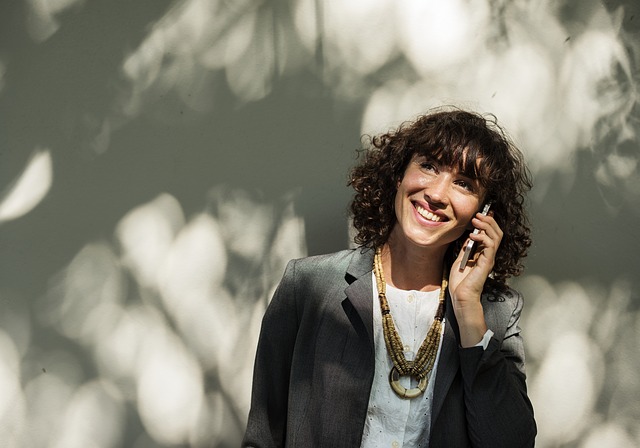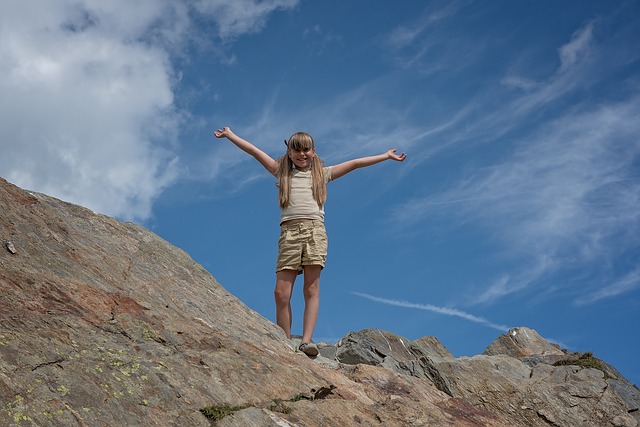In recent blog posts, I have identified how mindfulness opens the way to creative ideas through:
- avoiding negative thoughts and stories; and
- opening up to the mind’s spaciousness through stillness and silence.
However, it is one thing to generate creative ideas; it is another to act on them. Being creative requires boldness. The very definition of creativity entails “inventiveness” and “the use of imagination or original ideas to create something” – going beyond traditional ways of conceiving things and acting on that insight.
Creativity and boldness
Creativity entails action – going beyond the creative idea to taking action to realise the potential of that idea. As Amanda Sinclair points out in her book, Leading Mindfully, being creative requires boldness which is defined in the online Oxford Dictionary as “the willingness to take risks and act innovatively”. Starting out on a new venture requires this boldness – a willingness to initiate action to create a new response to the micro- and macro-environment. This requires the calmness and focus generated by mindfulness and the ability to still the inner chatter as you set forth on this new journey with an uncertain end.
Breaking with tradition
A further explanation of creativity suggests that it involves “the ability to transcend traditional ideas” to “create meaningful new ideas”. It takes boldness to break away from established ways of conceiving and doing things.
In her chapter on “Opening to Creativity“, Amanda discusses the creativity of Karen Quinlan, Director of the Bendigo Art Gallery, and her bold and very successful endeavour to break away from tradition. Her success was been encapsulated in the term “the Bendigo Effect” and its alternative, “the Quinlan Effect”.
Her first break with tradition was to take on the Director’s role where leadership in the area was typically male-dominated. She also broke the mould by conceiving of high-end art as incorporating fashion – an inclusion that was a blind spot for male Directors. In pursuit of this expanded perspective, Karen put on exhibitions such as Marilyn Munroe and Grace Kelly-Style Icon. She also incorporated topics and art forms that fell outside the normal realm of established art galleries, e.g. Australian Women Photographers.
Karen was open to ideas from any source and this openness and awareness led to the development of an Imagining Ned exhibition based on the story of Ned Kelly and artefacts from Ned’s life (including his armour). Her vision of an art gallery incorporated a strong focus on education and relaxation (with the development of an art gallery cafe).
One has to be bold to make such a major departure from tradition – to take innovative action rather than be frozen by fear. It also takes a very strong self-awareness and self-belief to ignore the naysayers who are always present to “throw cold water” on a new idea to discourage your eagerness. Mindfulness strengthens self-esteem and builds resistance to the unwarranted assumptions of others.
With bold action comes uncertainty about outcomes – the road ahead is not always clear and can become quite cloudy and fogged in. Mindfulness helps to maintain focus, remain calm, build self-control and achieve clarity of purpose and vision.
To reinforce her boldness and maintain her energy, Karen undertakes regular exercise (walking & running) and relaxation through gardening or a quiet restaurant lunch. She gives priority to her family, does not work in the evenings and “loves to enter a zone of quiet contemplation”.
As we grow in mindfulness, we can be bold and creative, knowing that we are developing focus, clarity and calm; strength of conviction and self-belief; and the ability to ignore the negative comments of others who lack our vision and perspective.
By Ron Passfield – Copyright (Creative Commons license, Attribution–Non Commercial–No Derivatives)
Image source: courtesy of pasja1000 on Pixabay
Disclosure: If you purchase a product through this site, I may earn a commission which will help to pay for the site, the associated Meetup group and the resources to support the blog.











